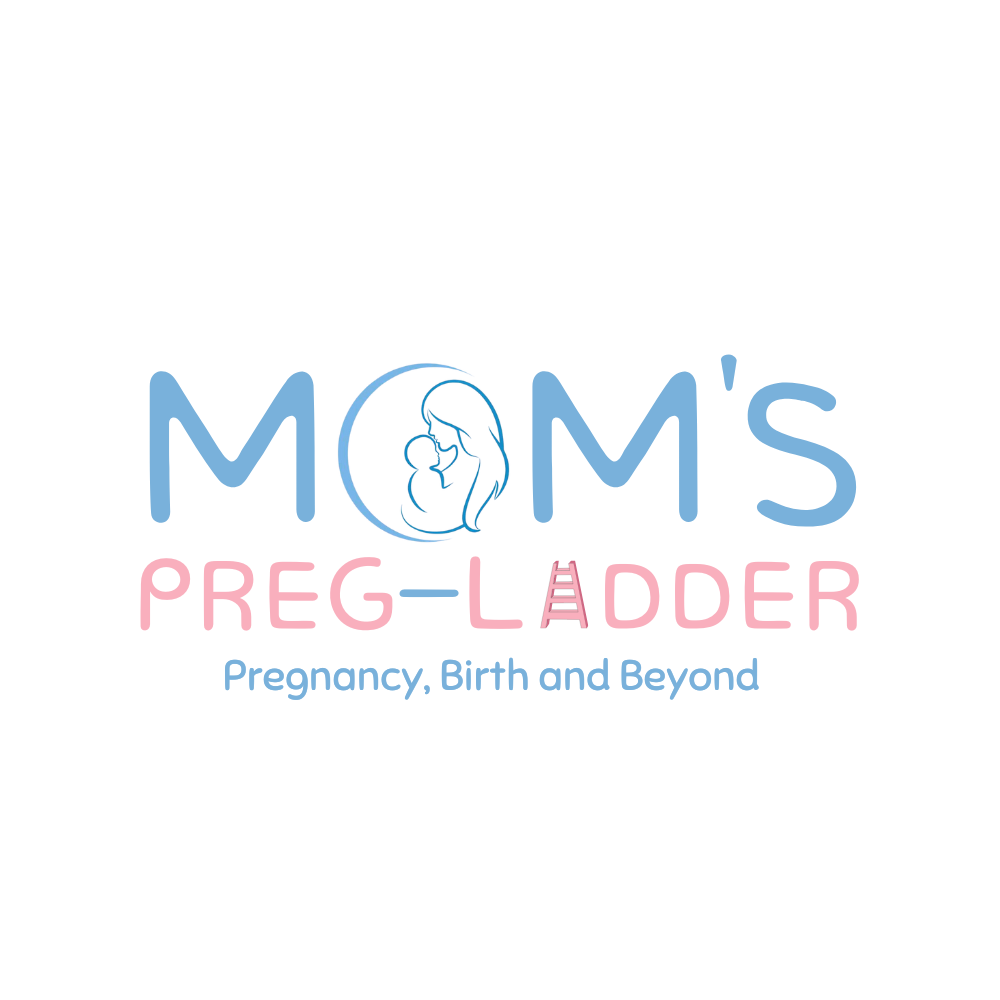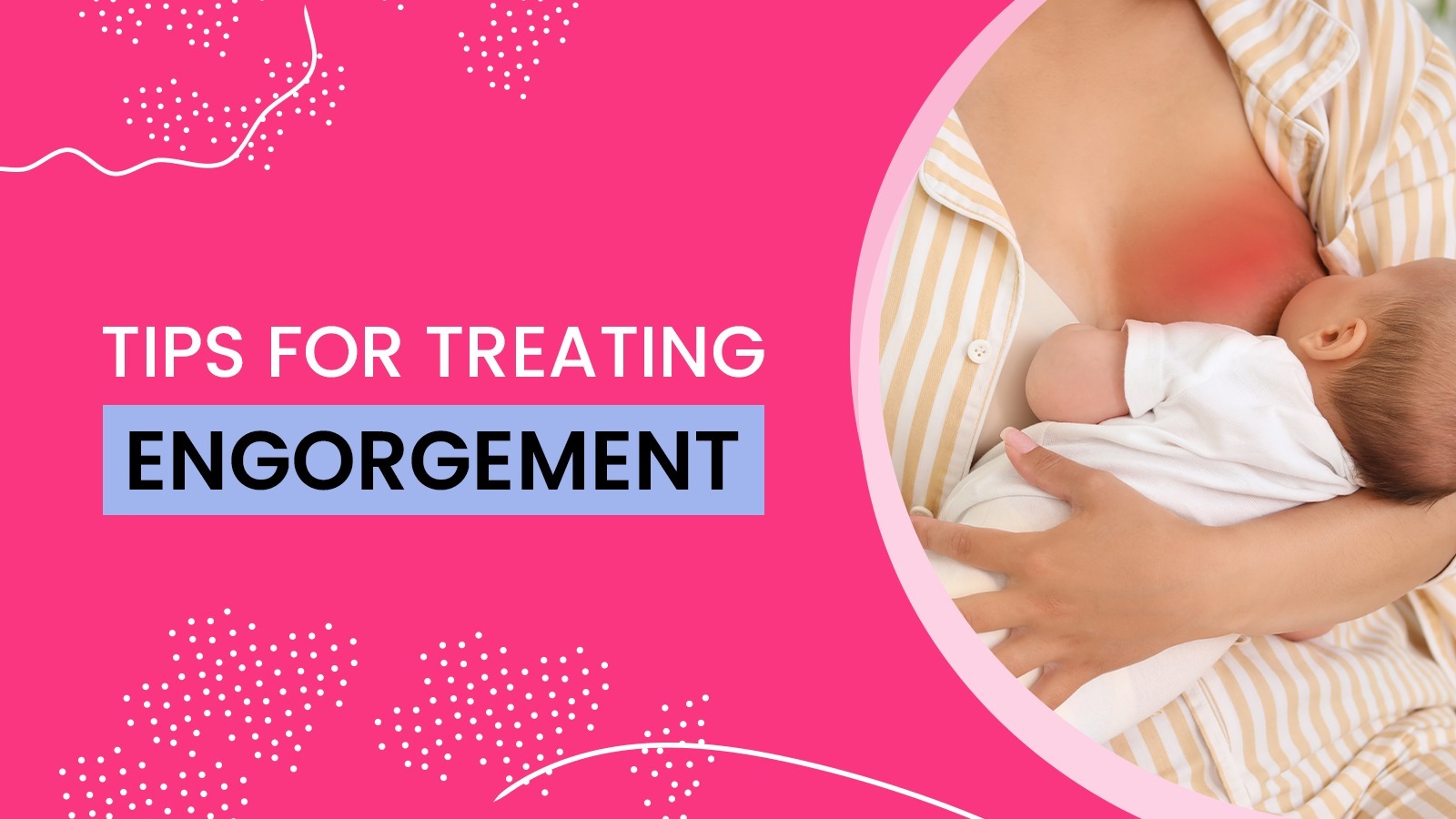Breast engorgement, or the swelling of the breasts, is the unwelcome companion of many new mothers. It occurs soon after giving birth and is a natural part of the body’s shift into full milk production. While engorgement is a sign that your body is working to nourish your baby, the accompanying discomfort can be challenging. Here are some tips to help manage and treat breast engorgement effectively.
Read below and learn insightful tips for treating engorgement and getting back to enjoying this special time with your baby.
Don’t over-pump
Resist the urge to over-pump, as this can worsen engorgement by stimulating more milk production. Stick to pumping or breastfeeding based on your baby’s needs to achieve balance and alleviate engorgement.
Apply cold compresses
Cold compresses or ice packs can help reduce swelling and ease discomfort. Simply wrap an ice pack or a cold, damp cloth around your breasts for a few minutes at a time.
Try manual lymphatic drainage
Manual lymphatic drainage is a gentle massage technique that can help reduce breast swelling by improving lymph flow. This method involves light, circular movements in the armpits and above the clavicles, followed by gentle sweeping motions from the nipple toward the armpit. Take assistance of your healthcare provider to learn this technique and how to do it at home.
Reverse pressure softening
This technique involves applying gentle, steady pressure around the areola to move fluid away from the nipple, making it easier for your baby to latch. Reverse pressure softening is ideally performed for one to three minutes before each breastfeeding session.
Breastfeed in a side-lying position
Try breastfeeding in a side-lying position to reduce discomfort and pressure on engorged breasts. This position allows for a comfortable latch and proper milk flow, making it a great option for relief.
Wear a supportive bra
Wearing comfortable, supportive bras can help reduce discomfort and alleviate engorgement. Avoid tight or constrictive clothing that can exacerbate the issue.
Moreover, by following these tips and working closely with your healthcare provider, you can manage breast engorgement effectively, ensuring a more comfortable postpartum experience while supporting successful breastfeeding.


